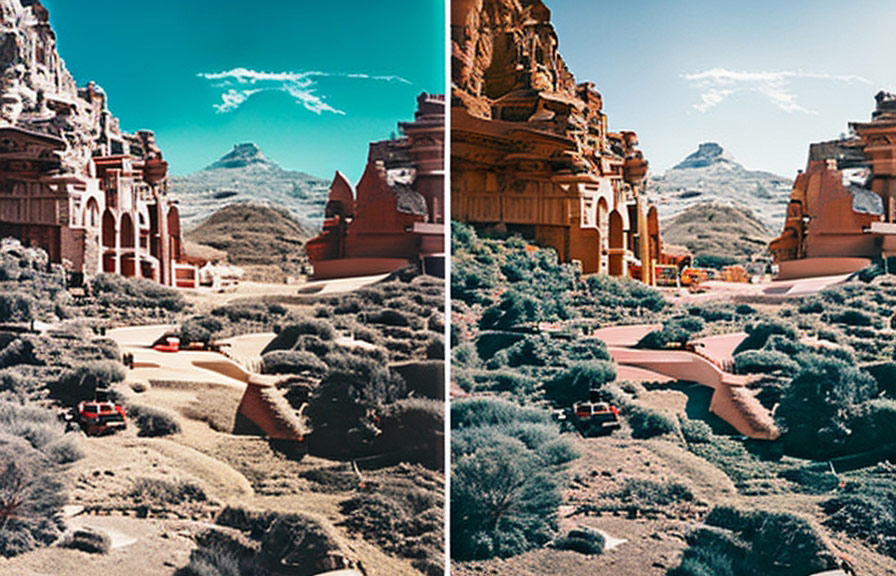Did you know that the first geotagged photograph was taken in 2004? since then, the practice of geotagging has evolved, becoming a popular way for photographers and travelers to add valuable information to their photos. in this post, we'll dive into the world of geotagging, explore its benefits, and provide
A step-by-step guide on how to geotag your travel photos like a pro.

What is geotagging?
Geotagging is the process of attaching geographical information, such as coordinates and location names, to digital media like photos and videos. this metadata allows users to pinpoint the exact location where the image or video was taken and provides additional context for the viewer.
Fun fact: the international space station (iss) has a unique geotagging system called the crew earth observations (ceo) program. astronauts aboard the iss take photos of earth and add geotags to help scientists study our planets natural and human-made features from a unique perspective.
How togeotag your travel photos
Adding geotags to your travel photos can be done through various methods. here's a step-by-step guide on how to geotag your images like a professional:
1. using a gps-enabled camera or smartphone
Modern cameras and smartphones come with built-in gps receivers that automatically geotag your photos. ensure that the gps feature is enabled in your device's settings.
> Note: gps-enabled cameras and smartphones can consume more battery power when the gps feature is turned on. it's a good idea to carry extra batteries or a portable charger when using this method.
2. manual geotagging with photo editing software
If your camera doesn't have a built-in gps receiver or you want to add geotags to previously taken photos, you can manually geotag your images using photo editing software like adobe lightroom or google photos. here's how:
# adobe lightroom:
1. import your photos into lightroom.
2. select the image you want to geotag.
3. in the library module, click on the "map" tab.
4. search for the location where the photo was taken using the search bar.
5. Drag and drop the photo onto the map, and the coordinates will be added to the image metadata.
Google photos:
1. upload your photos to google photos.
2. open the image you want to geotag.
3. click on the "info" icon.
4. under the "location" section, click "add a location."
5. search for the location where the photo was taken and select it from the search results.
6. Click "done" to save the geotag.
3. using a gps logger
A gps logger is a standalone device that records your location data during your trip. to geotag your photos using a gps logger, follow these steps:
1. start the gps logger before your photography session and ensure it's set to record location data.
2. take note of the time and ensure that your camera's clock is synchronized with the gps logger.
3. After your session, import the gps logger data (usually in gpx or kml format) and your photos into a geotagging software like geosetter or gpicsync.
4. the software will match the timestamps of your photos with the gps logger data and add the location information to your images.
Benefits of geotagging your travel photos
There are several advantages to geotagging your travel photos, including:
1. improved organization and searchability
Geotagged photos can be easily sorted and searched based on location, making it simple to find specific images from your trips. photo management software like adobe lightroom and google photos can automatically create albums based on the geotags, helping you keep your travel memories organized.
2. enhanced storytelling
Adding geotags to your travel photos provides additional context for your viewers, allowing them to better understand and relate to your images. geotags can also help you recall the details of your trip, such as the names of specific places, when you're sharing your experiences with others.
3. exposure and networking opportunities
Sharing geotagged photos on social media and photography websites can increase your exposure and help you connect with other photographers and travelers interested in the same locations. geotagged images can also be used by travel agencies, tourism boards, and businesses to promote specific destinations.
Conclusion
Geotagging is an excellent way to enhance and professionally finalize your travel photos. by incorporating this technique into your photography workflow, you'll enjoy improved organization, richer storytelling, and increased networking opportunities. so, the next time you embark on a photography adventure, be sure to geotag your images and share
Your unique perspective with the world!
